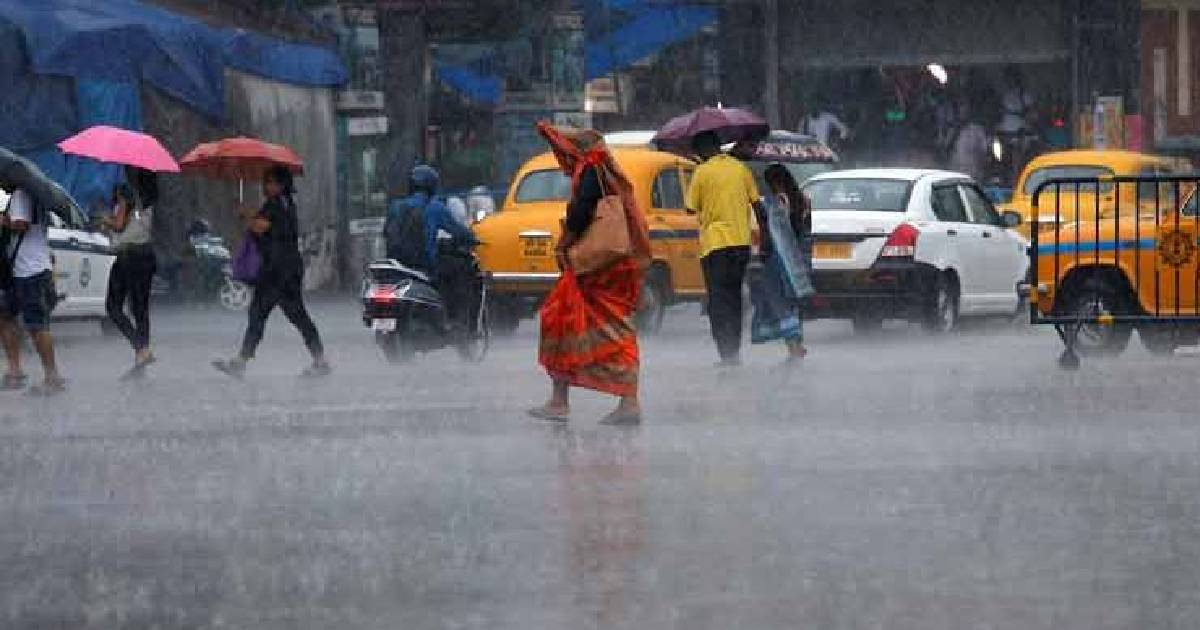
August arrived in Kolkata on a rain-soaked Thursday following a rainy Wednesday. The India Meteorological Department (IMD) warned on the first day of the month that there could be heavy to extremely heavy rainfall in southern West Bengal through August 4.
“A cyclonic circulation lies over Gangetic West Bengal and adjoining south Bangladesh, extending up to 7.6km above mean sea level tilting southwards with height,” the Met office said in a notification on Thursday afternoon. At 0.9 km above mean sea level, a trough extends from the cyclonic circulation over Gangetic West Bengal, which borders south Bangladesh, to northeast Bihar. At mean sea level, the monsoon trough currently moves through the following places: Sri Ganganagar, Rohtak, Hardoi, Varanasi, Dehri, Bankura, and Canning. From there, it moves southeast to the northeast Bay of Bengal, where light to moderate rainfall activity and sporadic heavy to extremely heavy rainfall are likely to occur over some West Bengal districts.
The special bulletin declared August 1st as an orange alert day for south Bengal. There was heavy to very heavy rainfall (7–20 cm) in one or two places in the districts of Hooghly, Purba and Paschim Bardhaman, Bankura, Birbhum, North and South 24-Parganas, as anticipated.
A yellow warning has been issued for August 2. There is a chance of one or two areas spotting heavy rainfall (7–11 cm) in the districts of Purulia, Birbhum, and Paschim Bardhaman.
A yellow alert has been issued for north Bengal for August 1 until August 5. There is a high probability of thunderstorms and lightning, along with heavy to very heavy rainfall in the districts of Malda, Uttar and Dakshin Dinajpur, Jalpaiguri, Darjeeling, Kalimpong, Alipurduar, and Cooch Behar.
The Weather Department had earlier reported that Kolkata was enduring from a 50% monsoon deficit, which had been lowered to 34% thanks to a wet July. “Overall, south Bengal now marks a 37 percent monsoon deficit that shall be further reduced with the expected heavy to very heavy rainfall in the coming days,” IMD scientist H.R. Biswas stated. The phase will continue, and it will take a few days to determine the precise proportion.
Even if South Bengal’s temperature might drop a little, the discomfort will grow due to the relative humidity. The IMD predicts less rain starting on Saturday.
